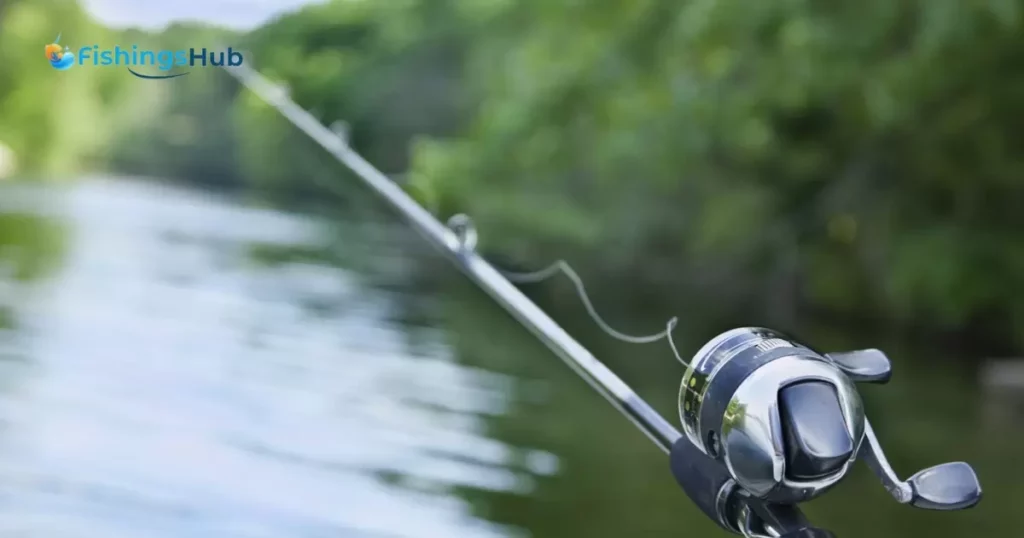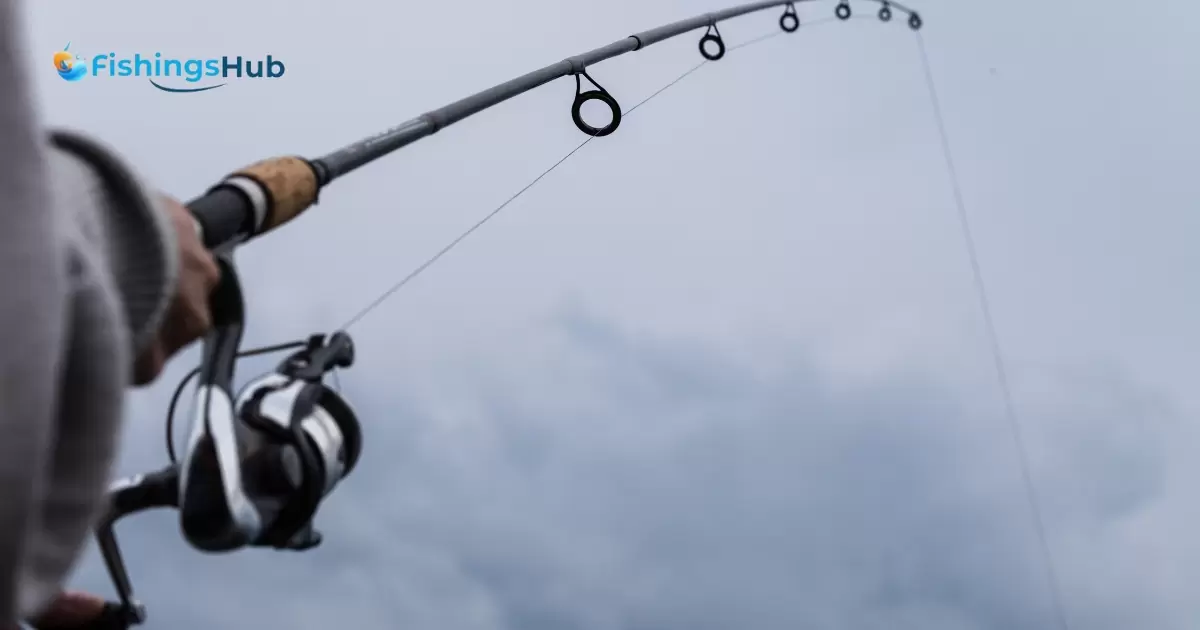A fishing rod’s length refers to the measurement from the tip to the base, determining its reach and action. In the context of bass fishing, the length of the rod holds significance as it directly influences casting distance, accuracy, and control.
What length rod for bass fishing? This question lingers in the minds of both novice and experienced anglers seeking the perfect tool for reeling in bass. The answer lies in the specifics of bass fishing techniques, the environment, and personal preferences. The ideal rod length varies based on factors such as the fishing location, lure type, and the angler’s casting style.
Selecting the right rod length for bass fishing involves considering various elements. A shorter rod, typically between 6 to 7 feet, provides better accuracy and control in confined spaces, while longer rods, spanning 7 to 8 feet or more, favor greater casting distance and leverage in open waters. Understanding the nuances of rod length assists in optimizing one’s bass fishing experience, ensuring a balanced approach to handling different fishing conditions and techniques.
Rod Length Choice for Bass Fishing
When it comes to choosing the right rod length for bass fishing, it’s all about achieving the perfect balance between control, casting distance, and overall fishing experience. A shorter rod, typically in the range of 6 to 7 feet, provides excellent control and accuracy, making it ideal for precise casts in confined spaces, like dense vegetation or around structures where bass like to hide.
On the other hand, longer rods, spanning 7 to 8 feet or more, are favored for their ability to launch lures farther, making them perfect for open water or larger fishing areas. When it comes to specialized techniques like Braid For Bass Fishing the choice of rod length hinges on your specific bass fishing needs and personal preferences, with the ultimate aim of enhancing your angling success.
Types of Rod Lengths for Bass Fishing Techniques
In the realm of bass fishing, various techniques and strategies call for specific rod lengths to optimize your results. A medium-action, 7-foot rod is an excellent all-rounder, suitable for techniques like worm fishing or crankbaiting, offering a blend of accuracy and casting distance. For flipping and pitching in tight cover, a shorter, heavy-power rod in the 6 to 6.6-foot range excels in control and precision.
On the other hand, if you’re chasing bass in larger bodies of water and aiming for long-distance casting, consider a longer, medium-heavy or heavy-power rod. Adapting your rod length to the fishing technique at hand is a key factor in reeling in bass effectively.
Types of Rod Lengths for Bass Fishing Techniques and create a table detailing various rod lengths and their suitability for different bass fishing techniques.
| Fishing Technique | Recommended Rod Length |
| Topwater Lure Fishing | 6’6″ to 7’6″ |
| Jigging | 6′ to 7’6″ |
| Crankbait Fishing | 7′ to 7’6″ |
| Drop Shot | 6’6″ to 7’6″ |
| Flipping and Pitching | 7’6″ to 8’6″ |
Bass Fishing Environments and Optimal Rod Lengths

In the diverse realms of bass fishing, the choice of rod length significantly hinges on the fishing environment. In tighter, more confined spaces such as narrow streams or thickly vegetated areas, shorter rods ranging between 6 to 7 feet prove invaluable. Their compact size grants enhanced maneuverability, allowing anglers to navigate amidst obstructions with precision.
In expansive, open waters like vast lakes or wide riverbanks, longer rods, typically spanning 7 to 8 feet or more, reign supreme. These extended lengths facilitate extensive casting ranges, enabling anglers to cover more ground and access remote bass hotspots. Understanding the correlation between rod length and the specific fishing environment empowers anglers to optimize their gear for maximum effectiveness in varying bass fishing terrains.
Rod Length for Different Bass Fishing Scenarios
Bass fishing scenarios are as diverse as the waters they inhabit, demanding a tailored approach to rod length selection. When targeting bass in densely vegetated areas or fishing from a kayak, shorter rods become advantageous. Their compactness allows for precise casting amidst obstacles and limited space.
On the contrary, when bass fishing in open water scenarios such as expansive lakes or coastal regions, longer rods provide the necessary leverage for increased casting distances. This adaptability ensures that anglers are equipped to handle a spectrum of bass fishing scenarios, from intimate, close-quarters fishing to wide, open-water excursions, allowing for a more versatile and successful fishing experience.
Advantages of Shorter Rods in Bass Fishing
Shorter rods in bass fishing offer distinct advantages, particularly in close-quarters and tight spaces. Their compact size allows for precise casting under overhanging vegetation or within confined areas where longer rods might struggle. Maneuverability is a key asset; shorter rods provide better control, especially in scenarios demanding quick, accurate movements when battling bass around structure-rich environments.
Shorter rods excel in close combat situations, providing the necessary leverage to handle feisty bass and swiftly navigate through dense cover. Their reduced length enhances accuracy, allowing for pinpoint casts while retaining a high level of sensitivity crucial for detecting subtle strikes.
FAQs
What rod length is best for bass fishing in rivers with overhanging trees and brush?
For rivers with dense vegetation, a shorter rod, around 6 to 7 feet, offers better maneuverability to navigate around obstacles.
Is a longer rod better for casting distance when bass fishing in open lakes?
Indeed, longer rods, typically 7 to 8 feet or more, are advantageous in open water scenarios, providing increased casting distances.
Can the same rod be used for various bass fishing techniques, or are specific lengths required for each?
While some versatility exists, different techniques often benefit from specific rod lengths tailored to their requirements.
How does rod length affect accuracy when bass fishing in different environments?
Shorter rods provide better accuracy in confined spaces, while longer rods offer improved accuracy in open water scenarios.
What role does rod length play in adapting to changing bass fishing conditions throughout the day?
Adapting rod length allows anglers to cater to shifting conditions, switching between shorter and longer rods based on the evolving environment and fishing needs.
Conclusion
Choosing the right rod length for bass fishing is like finding the perfect tool for a craft. It’s about understanding the diverse needs of the environment, the techniques employed, and personal preferences. Shorter rods offer precision in tight spaces, while longer ones reach far in open waters. This understanding empowers anglers to adapt, to shift seamlessly between different lengths, maximizing their potential for success. From navigating through dense vegetation to casting across vast lakes, the rod length becomes a key ally, unlocking opportunities to reel in those prized bass.
The ‘Length Rod For Bass Fishing is a critical factor in achieving the perfect balance and harmony between the angler, the rod, and the environment. The right length isn’t just about numbers; it’s about ensuring that the rod’s length aligns seamlessly with the specific demands of bass fishing, enhancing the overall fishing experience.

